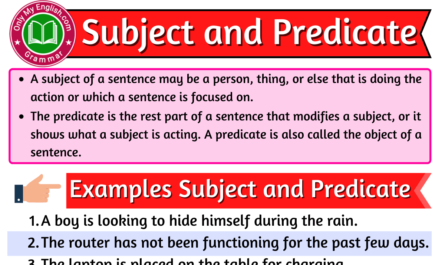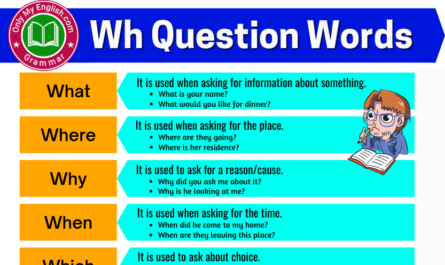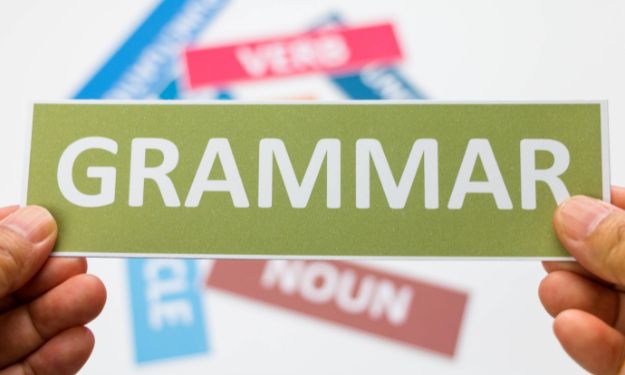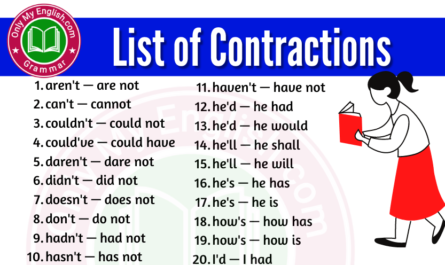What is Speech (Narration):
If we want to describe the speech of some other people with other people in our own words, that speech is called a Reported speech or Narration.
Types of Speech
In the English language, there are certain ways to express the spoken words between two people.
The speech has two main types, Direct speech, and Indirect speech, respectively.
These two ways of narration of spoken words are also called Direct and Indirect speech, also known as Direct and Indirect narrations.
Direct and indirect speech is majorly used in any conversations, scripts, or any biographies, etc. where one or more than one person converses with each other.
Direct speech:
It is also called straight speech or quoted speech, which is spoken or written directly in the text by the speaker, writer, or the first person, who is going to speak with anyone with him.
The spoken statements of the speaker normally come under the inverted commas notation, and a speaker who speaks these sentences may come like “he said/he said that.”
The speaker’s words or statements are mentioned in a single phrase pattern or direct discussion.
Indirect speech:
An Indirect speech is also called a reported speech, or secondary speech means the speech, which has spoken indirectly.
It is simply an overlook statement that is used to say about the incident that has happened in the past time.
The actual words of the speaker changed into the past tense and the sentence, and hence the reported speech of the direct speech does not come inside the inverted commas.
Reporting speech:
A person who is going to report the speech or a speech that comes in the first part of the direct speech is called a reporting speech.
- He says, “He cooks food”.
Reported speech:
Reported speech is a speech that is always in an inverted comma or quotation marks.
It is a second part of the direct speech sentence.
- He says, “He cooks food.”
Reporting verb:
The verb, which is used in a reporting speech to report something in a direct speech, is called a reporting verb.
- Zoya said, “I want to go there.”
Reported verb:
The verb which comes inside the reported speech is called reported verb, respectively.
- Zoya said, “I want to go there.”
As we start writing any direct and indirect conversation, we often use reported verbs like “say, tell, ask, inform, instruct, claim, suggest, enquire, etc.”
These reported verbs, whenever used in direct or indirect speech, change into the past simple form like said, told, asked, informed, instructed, claimed, suggested, enquired, etc.
But the verbs used in a speech between the inverted commas will remain as it is.
Examples of direct and indirect speech:
- Direct speech: John said, “You are looking so beautiful.”
- Indirect speech: John said that she was looking so beautiful.
- Direct: He said, “He is not a culprit.”
- Indirect: He said that he was not a culprit.
- Direct: He said, “she is working on this project.”
- Indirect: He said that she was working on that project.
- Direct: The teacher said, “Do you complete your homework?”
- Indirect: The teacher asked if he completed his homework.
- Direct: She says, “She is an artist.”
- Indirect: She says that she is an artist.
- Direct: Sam told, “I’m not coming with you.”
- Indirect: Sam told me that he was not coming with me.
- Direct: He says, “she is working on this project.”
- Indirect: He says that she is working on that project.
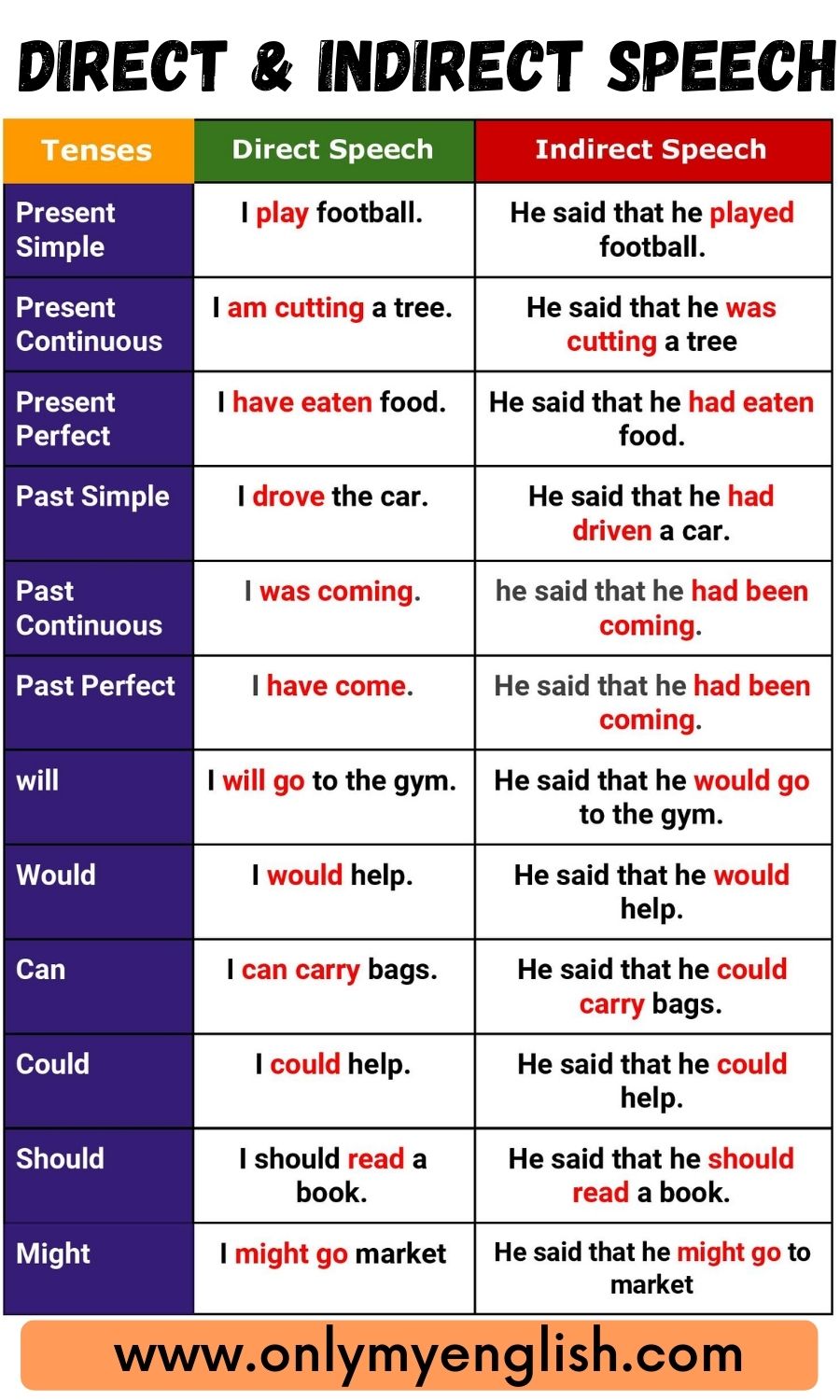
Some basic rules for converting direct speech into indirect speech:
Rule 1: “No inverted commas.”
The reported speech does not come into inverted commas or quotation in an indirect speech.
Example: Direct: He said, “I have completed my assignments yesterday.”
Indirect: He said that he had completed his assignments the previous day.
Rule 2: use of “that” conjunction
Using the conjunction word “that” in-between the reporting speech and reported speech in an indirect speech.
Example:
- He said, “I have completed my assignment yesterday.”
- He said that he had completed his assignment the previous day.
Rule 3: Change of tense
While writing a direct speech into an indirect speech, we have to change the tense of the reported speech because whatever we are writing in indirect speech has already happened in the past timing.
- If the tense of a reporting speech of direct speech is in the present tense or future tense, then the tense of the reported speech in indirect speech will not change. It may be in the present tense, past tense, or future tense, respectively.
Example:
- Direct: He says, “I am going to school.”
- Indirect: He says that he is going to school. (no change in tense)
- Direct: She says, “I will not come with you.”
- Indirect: She says that she will not come with me. (no change in tense)
- Direct: He says, “He wrote a letter”.
- Indirect: He says that he wrote a letter. (no change in tense)
If the tense of the reporting verb of direct speech is in the past tense, then the tense will change according to these criteria.
For the present tense:
Simple present tense will change into simple past tense.
Direct: He said, “They come to meet me.”
Indirect: He said that they came to meet him.
Present continuous tense will change into past continuous tense.
Direct: She said, “They are coming to meet me.”
Indirect: She said that they were coming to meet her.
Present perfect tense will change into past perfect tense.
Direct: He said, “They have come to meet me.”
Indirect: He said that they had come to meet him.
Present perfect continuous tense will change into past perfect continuous tense.
Direct: She said, “They have been coming to meet me.”
Indirect: She said that they had been coming to meet her.
For the past tense:
Simple past tense will change into the past perfect tense.
Direct: He said, “They came to meet me.”
Indirect: He said that they had come to meet him.
Past continuous tense will change into past perfect continuous tense.
Direct: She said, “They were coming to meet me.”
Indirect: She said that they had been coming to meet her.
Past perfect tense and past perfect continuous tense will remain the same.
Direct: He said, “They had come to meet me.”
Indirect: He said that they had come to meet him.
Direct: She said, “They had been coming to meet me.”
Indirect: She said that they had been coming to meet her.
For the future tense:
There are no changes in the future tense sentences; only shall/will may change into would, can change into could.
Examples:
- Direct: She said, “Can you come tomorrow.”
Indirect: She said that could he come on the next day
- Direct: He said, “I will never forgive you.”
Indirect: He said that he would never forgive me.
Rule 4: Changing the pronoun
The pronoun used as an indirect subject speech sometimes needs to be changed accordingly in indirect speech as of the reported verb of the direct speech.
- The pronoun used for representing the first person in reported speech changes based on the subject of the reporting speech in a direct speech.
- The pronoun used for representing the second person in reported speech changes based on the report’s object in a direct speech.
- The pronoun used for representing the third person remains the same in the reported speech.
Example:
- Direct: He said, “I am going to school.”
- Indirect: He said that he is going to school.
- Direct: She says, “I will not come with you.”
- Indirect: She says that she will not come with me.
- Direct: They said, “we are eating our tiffin box.”
- Indirect: They said that they were eating their tiffin box.
Rule 5: Changing the time
The mentioned time (not the timing) in a direct speech sentence will have to change in indirect speech like now becomes then, tomorrow becomes the next day, yesterday becomes the previous day, today becomes that day, later becomes soon.
Example:
- Direct: He told, “He is coming from Tokyo today.”
- Indirect: He told me that he was coming from Tokyo that day.
- Direct: She asked, “Will the parcel reach by tomorrow or not?”
- Indirect: She asked whether the parcel will reach by the next day or not.
- Direct: “The teacher has given some assignments yesterday”, he reminds me.
- Indirect: He reminds me that the teacher had given some assignments on the previous day.
Conversion of statements from direct speech into Indirect speech:
Assertive sentences:
Assertive sentences are simple statements that may be affirmative or negative.
If we are going to convert assertive sentences from direct speech into indirect speech, we have to replace “said” with “told” sometimes.
Here, the subject in direct speech refers to someone in his talk.
Examples:
- Direct: He said to me, “she is working on this project.”
Indirect: He told me that she was working on that project.
- Direct: She said to me, “I’m going for a long drive.”
Indirect: She told me that she was going for a long drive.
Imperative sentences:
Imperative sentences are statements that deliver a command, order, request, appeal, or advice.
It depends on the speaker, how he delivers the message to the other person.
- Sit properly!
- Stand by my side!
- Come closer!
While converting these types of sentences cum statements from direct speech to indirect speech, we have to check the type of sentence, whether it is a command, order, request, or else.
Examples:
Order:
- Direct: The teacher said to me, “Sit properly!”
Indirect: The teacher ordered me to sit properly.
Command:
- Direct: The Boss said to an office boy, “Bring one coffee for me.”
Indirect: The Boss commanded an office boy to bring a coffee for him.
Request:
- Direct: The teacher said to me, “Sit properly!”
Indirect: The teacher requested me to sit properly.
Advice:
- Direct: The bartender said to me, “try this drink.”
Indirect: The bartender advised me to try that drink.
Interrogative sentences:
An interrogative sentence is a sentence which interrogates or ask questions.
Each interrogative sentence ends with an interrogative sign or a question mark sign “?”.
- What is your name?
- Can you do me a favor?
- Why are you laughing in the classroom?
While writing interrogative sentences from direct speech into indirect speech,
- the reporting verb “said” in the direct speech is changed into “asked” in the indirect speech because it asks the question to another person.
- If any reporting verb comes first in the reporting speech, then “If” is used despite “that.”
- In a reporting speech, if any wh-type question words are present, then no other words will be used, and the sentence ends with a full stop sign instead of a question mark.
Examples:
- Direct: He said to me, “What is your name?”
- Indirect: He asked me what was my name.
- Direct: She said, “Can you do me a favor?”
- Indirect: She asked if he could do her a favor.
- Direct: The teacher said to him, “Why are you laughing in the classroom?”
- Indirect: The teacher asked him why he was laughing in the classroom.
Exclamatory sentences:
Exclamatory sentences are those sentences that show emotions, feelings and ends with an exclamation mark!
- Congratulations! You have a baby girl.
- I am extremely sorry for your loss!
- Most welcome!
If any interjection comes in an exclamation sentence, then the exclamation sign removes in an indirect speech, and an exclamatory sentence gets converted into an assertive sentence.
The replacement of reporting verb “said” with exclaimed with (great wonder, sorrow, joy) exclaimed (joyfully, sorrowfully)
Replace with very or very great, if words like how or what comes at the beginning of the reported speech.
Examples:
- Direct: He said, “Congratulations! You have a baby girl.”
- Indirect: He exclaimed with joy that I had a baby girl.
- Direct: She said, “I am extremely sorry for your loss!”
- Indirect: She exclaimed with sorrow that she felt sorry for my loss.
- Direct: They said, “Most welcome!”
- Indirect: They exclaimed with joy that most welcome.
